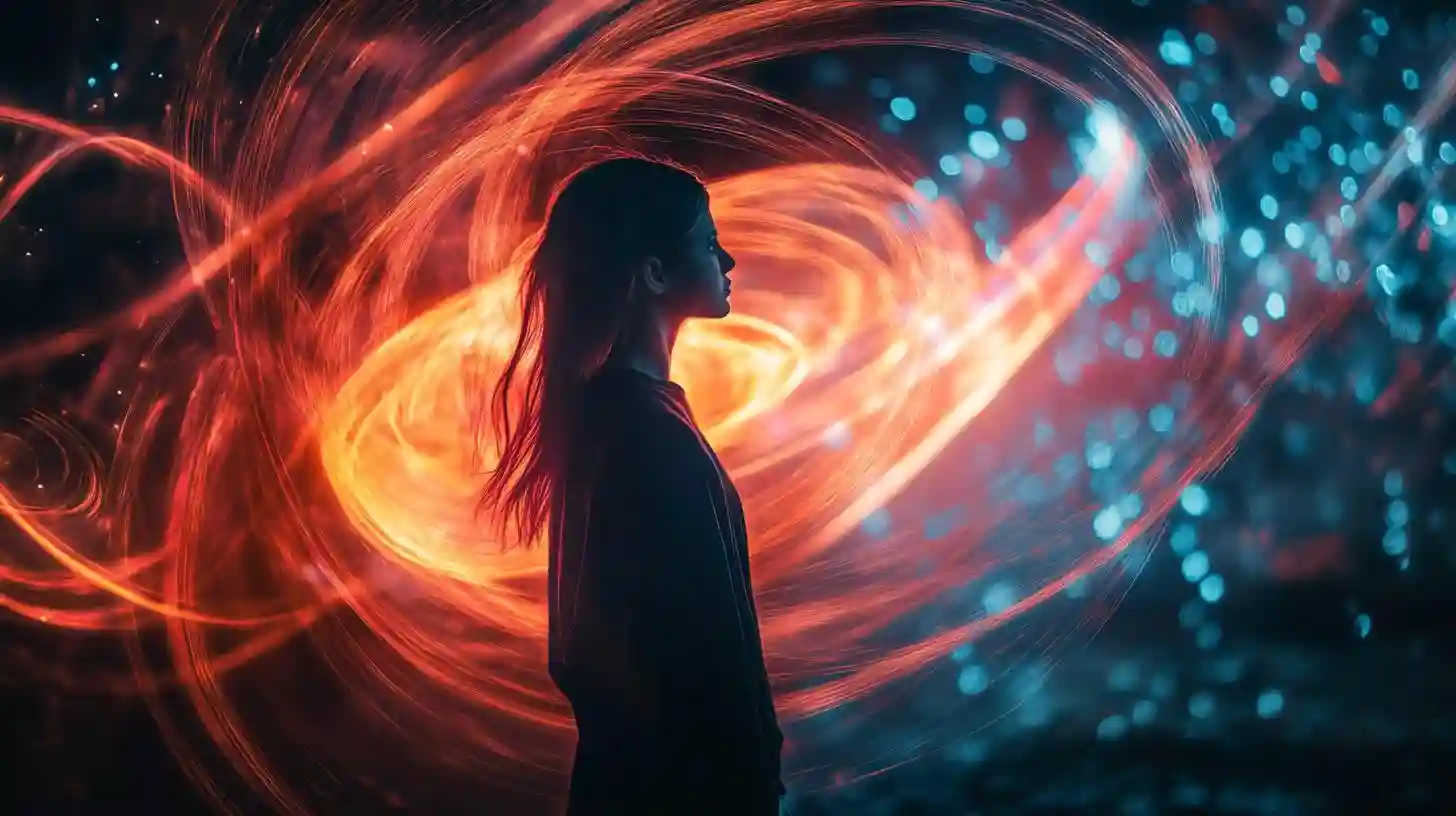
Light painting is a captivating artistic photography technique that enables creators to manipulate light in a mesmerizing way. Rooted in long-exposure photography, light painting involves moving light sources during a camera's extended exposure. This technique transforms ordinary scenes into extraordinary visual narratives that are rich in depth and emotion. The creative possibilities of light painting are limitless, providing both novice and seasoned photographers with a unique medium for expression while also serving as a bridge between traditional photography and contemporary art forms.
At its core, light painting relies on the principle of capturing movement through exposure time. When a camera is set to a long exposure, it records the movement of light sources, which can be anything from flashlights and sparklers to LED wands and even fireworks. By moving these light sources in specific ways, an artist can create stunning images that resonate with a sense of motion, energy, and rhythm. This freedom to express creativity through light opens doors to experimentation and innovation, allowing artists to develop personal styles and techniques.
One of the immediate appeals of light painting is its accessibility. Photographers can begin this journey with nothing more than a camera that allows manual settings, a tripod to stabilize the shot, and a light source. While professional equipment can enhance the experience, one does not require expensive gear to create beautiful images. Even smartphones with adjustable settings can produce fascinating results, making light painting an inclusive art form that invites exploration regardless of one’s background or resources.
Planning a light painting session enhances the artistic experience. Artists often start by visualizing the final image, which can inform the light sources they choose to employ, the colors they wish to use, and the movements they intend to make. Some light painters favor the use of predefined shapes or patterns; others may prefer organic movements that allow spontaneity to take center stage. This pre-planning phase creates a deeper connection between the artist and the resulting image, paving the way for more intentional expressions of creativity.
One popular method of light painting involves using different light sources to create various effects. For instance, colored gels can be placed over light sources to produce a rainbow of hues. Artists can rotate, weave, and trace light beams to produce designs that are impressive in their complexity and beauty. The context in which these images are created further adds to their storytelling power. Urban settings, natural landscapes, and intimate indoor spaces serve as backdrops that lend distinctive character to light paintings, making each creation unique to its surroundings.
An essential aspect of light painting is the interaction between the photographer and the surrounding environment. This art form thrives on experimentation with different locations, times of day, and atmospheric conditions. For example, shooting in a dark space helps the colors and shapes created by light to pop, creating striking contrasts and vibrant compositions. On the other hand, outdoor settings might provide a range of ambient light sources that can enhance the overall aesthetic and mood of the final image. Weather conditions, such as fog or rain, can even add a layer of depth and intrigue, inviting unexpected creative outcomes.
Community plays a significant role in the light painting sphere. Photographers often come together to share tips, techniques, and inspiration. Online platforms, social media, and local workshops have fostered an environment where artists can collaborate, experiment, and learn from each other. These gatherings inspire photographers to push the boundaries of their creativity, share their work with wider audiences, and explore the rich possibilities of light painting as an artistic discipline.
The evolution of light painting has also seen the integration of technology. With the advent of digital photography, artists can instantly review their images and make adjustments as needed. Various software tools allow for further manipulation of the images post-capture, enabling artists to refine their work and explore new dimensions of creativity. This blend of traditional and contemporary techniques exemplifies the adaptive nature of light painting and its ability to thrive in a constantly changing artistic landscape.
Ultimately, light painting stands as a testament to the harmonious relationship between technology and art. It encourages exploration and invites artists to transcend traditional boundaries, challenging them to think beyond conventional methods of image-making. The vibrant world of light painting offers a canvas on which stories unfold, emotions resonate, and creativity shines brightly. Each brushstroke of light reveals the artist's intention and passion, transforming ephemeral moments into lasting works of art that inspire others while inviting new voices into the ever-evolving dialogue of artistic expression.